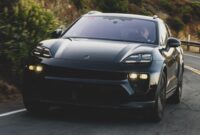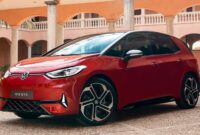It’s time to “break from old habits,” said August Achleitner, Head of Porsche Technical Product Planning, Vehicle Concepts and Packages including Special Projects. Achleitner also served as chief strategist of the overall 996 vehicle concept and this year, the automaker is celebrating 25 years of the 911 marking the future.
Porsche-philes will get to know the connection between the first Boxster Roadster – internally known as the 986 – and the 996-era 911. In fact, the connection runs so deep, the two cars share many parts; the interior of the 996 and Boxster is identical.

33 Photo
“Porsche needed a car in the lower price segment, to help generate higher sales volumes. So this gave rise to the idea of the Boxster and parts for the 996,” said Achleitner.
Harm Lagaaij, Porsche’s Chief Designer in the 90s, recalls how shocked he was by this strategy. That was unheard of at the time, especially with such an iconic car as the Porsche 911, which practically built a mid-engined roadster and rear-engined coupe identical from the front to the B-pillar. It was, of course, a challenge and taking into account time constraints, Porsche had to increase the Lagaaij team to 80 members.
As well as the parts-sharing concept with the first Porsche Boxster, there was also the topic of the 996 engine. With strict emissions regulations and other factors in mind, Porsche switched from its previous air-cooled two-valve design to the new water-cooled four-valve boxer engine.
“The program envisions that we will sell a total of at least 30,000 units of both vehicles with a good return on investment,” said Achleitner.
The strategy worked – Porsche sold more than 30,000 units of the 911-generation 996 every year, with total unit sales ranging between 50,000 and 60,000.



